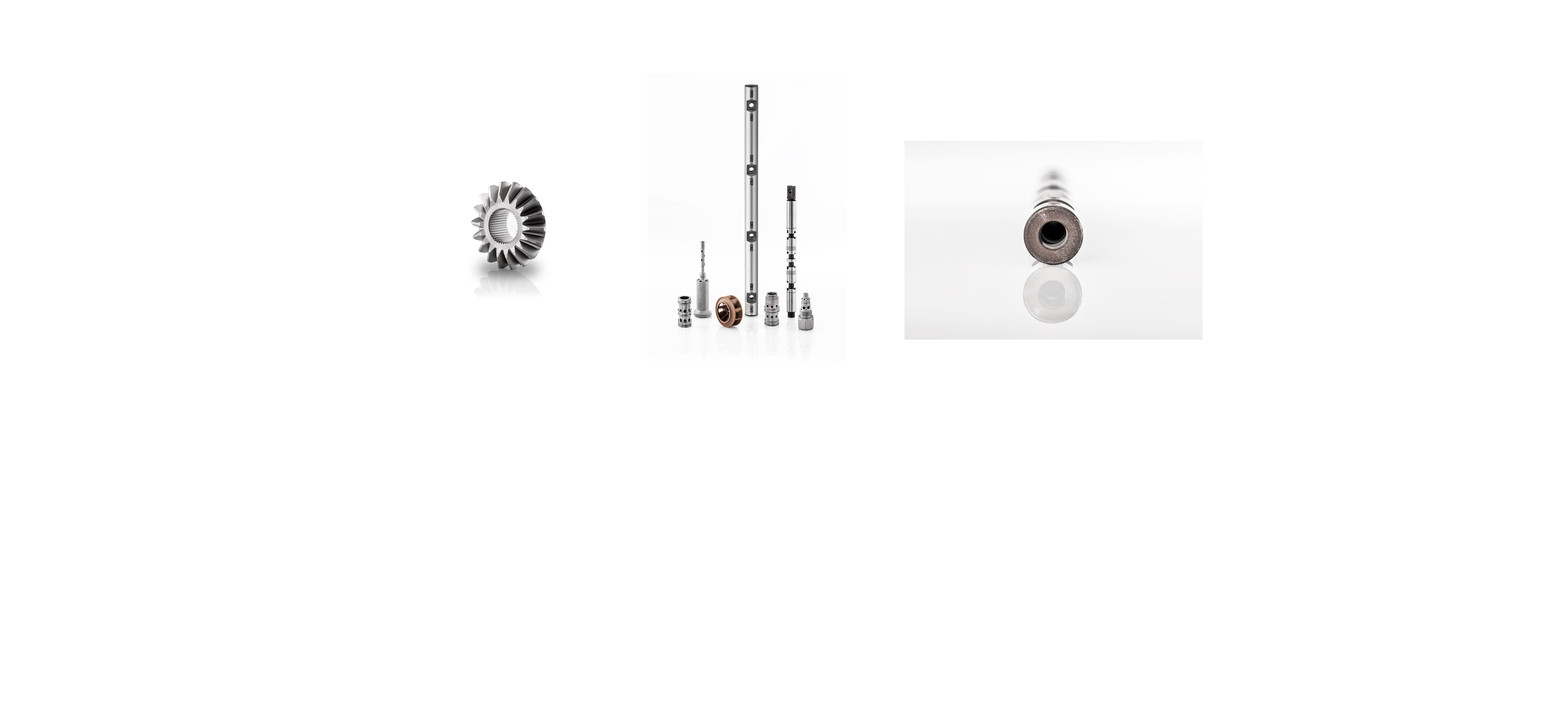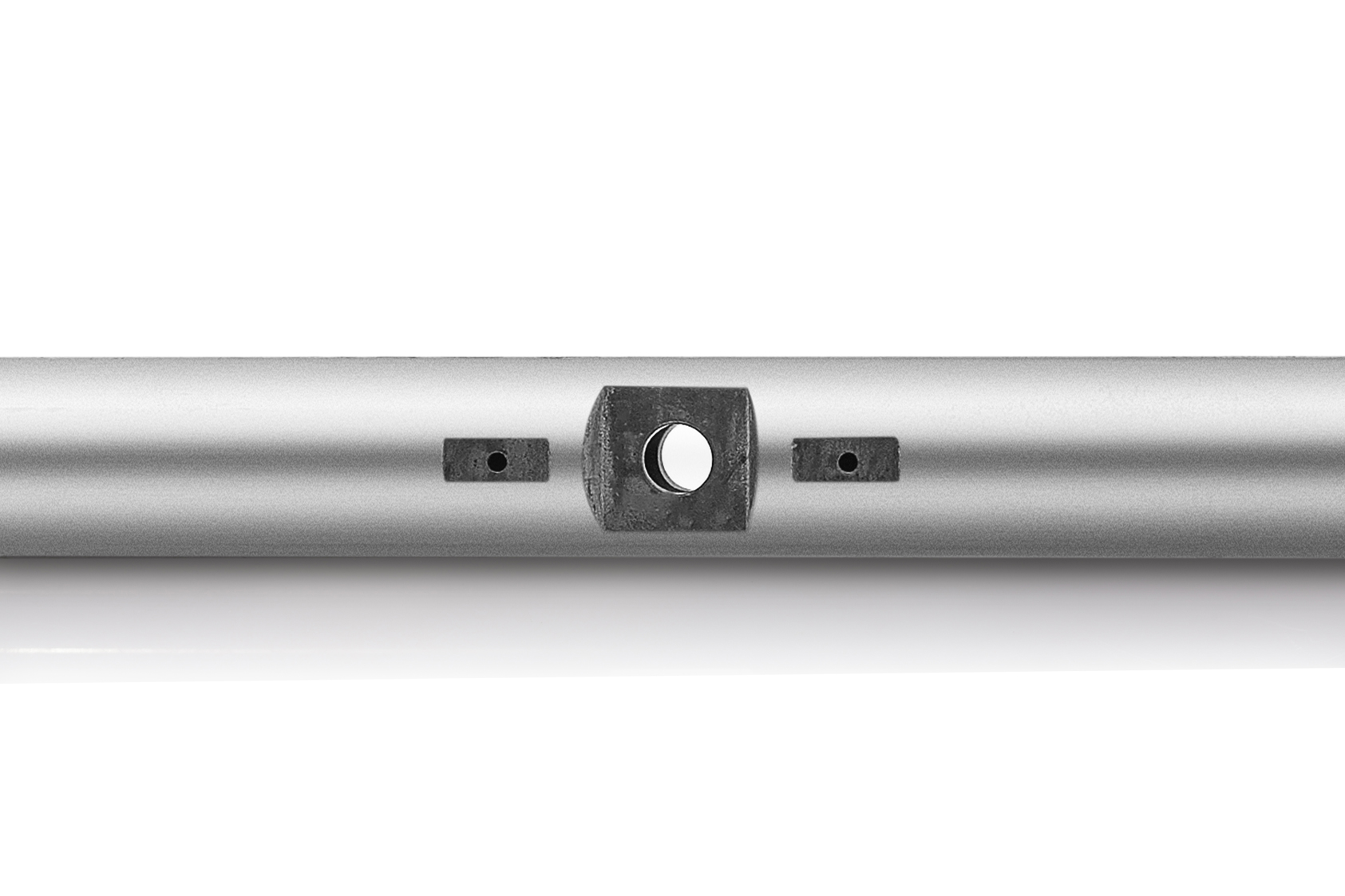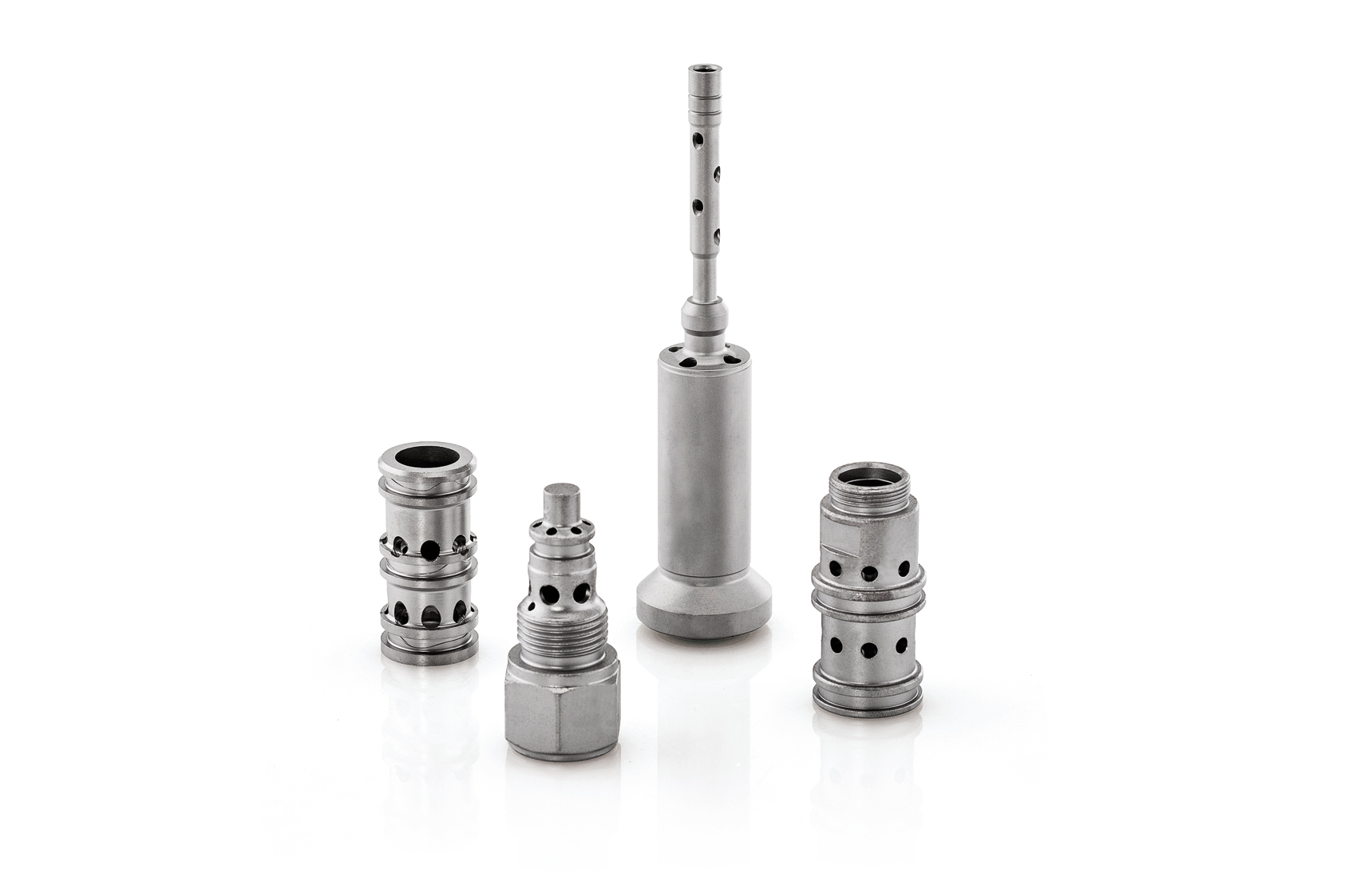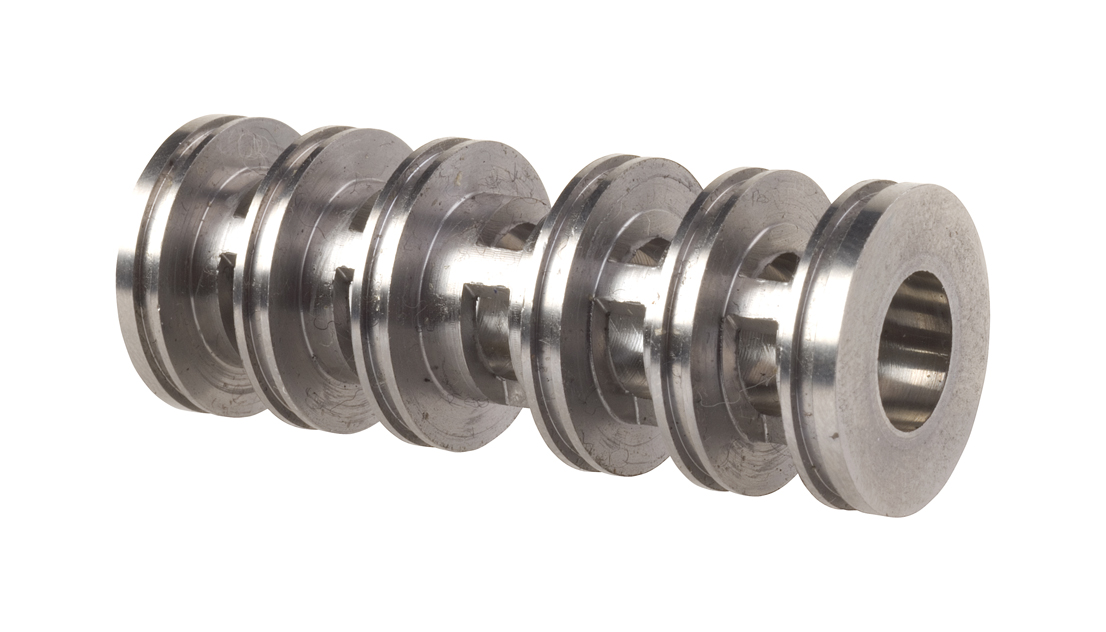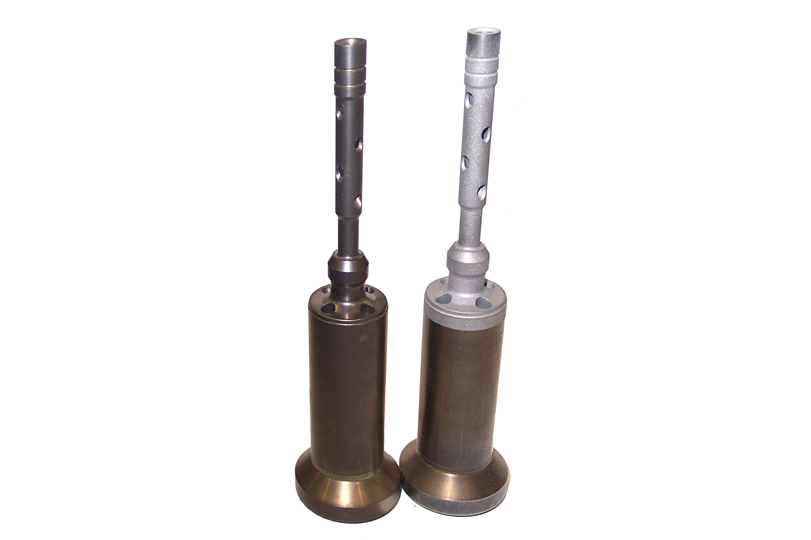ELIMINATING RESIDUES OUR ANSWER
Deburring has always been one of the main problems of turneries. Even modern technology, despite the developments of machines and cutting tools, has still failed to completely resolve this annoying problem.
Deburring means eliminating the cutting shavings on components machined with machine tools, but also the burrs from stamping metal and/or plastic materials, while in this case their formation is due to the leakage of material in areas not well sealed or in the gas leak. In short, the problem is removing unwanted material that is still attached to the machined part.
The problem of burr removal is generally rather challenging, not to mention complex. With conventional technologies the presence of threading, small holes, odd intersections, grooves that are difficult to access or particularly complex shapes requires the expert touch of one or more operators and very long working times. This difficulty is further aggravated by another current issue. Medium-large companies are increasingly focused on product differentiation and a Just-in-Time supply system requiring a series of small lots in a short time, and of course at low prices. A long process that requires significant manual labour cannot meet these demands.
Compressed air sandblasting becomes an irreplaceable partner for deburring. Manual and automatic/flexible systems (depending on the productivity required) can continuously and very rapidly remove unwanted material. Special applications make it possible for our systems to perform compressed air deburring in areas, channels and joints that are not accessible with conventional systems.
